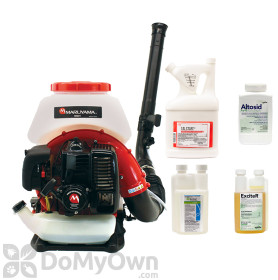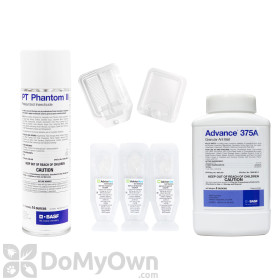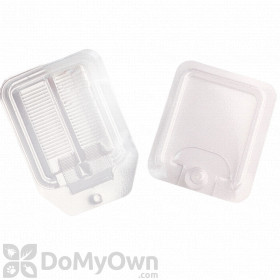
June
Protect Your Pets Against Fleas
Products needed for Tip 1
Prevent White Grub Infestations Now
Products needed for Tip 2
Focus on Mosquito Control in Your Yard
Products needed for Step 3
Use Care With Pesticides to Protect Pollinators
Eliminate Shelter & Food Sources for Snakes
July
Keep Garbage Cans Clean and Sealed to Avoid Fly Problems
Products needed for Tip 1
Keep Fruit Flies From Getting Out of Control
Products needed for Tip 2
Prevent Ants From Coming Inside
Products needed for Tip 3
Inspect all Lodgings Carefully to Prevent Bed bug Infestations
Products needed for Tip 4
Continue Lawn & Landscape Maintenance for Pest Prevention
August
Inspect for White Grubs Now
If white grubs have been found, treatment may be necessary. Treat now through September.










































